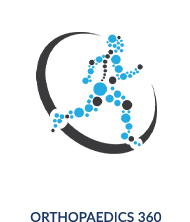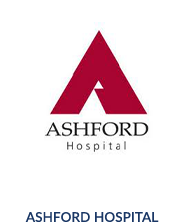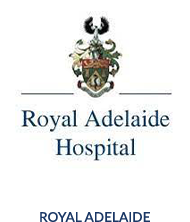What is an AC Joint Stabilisation?
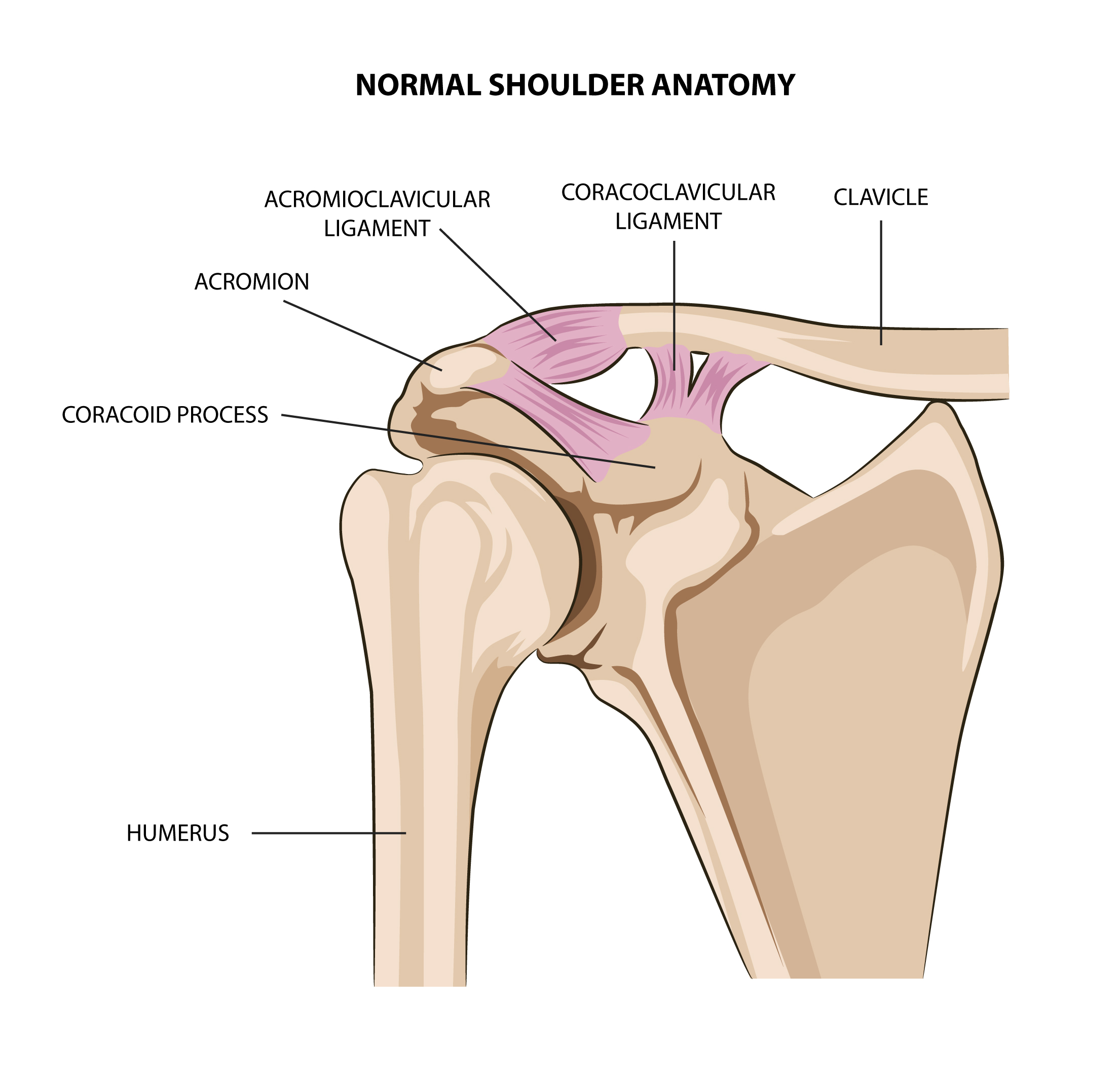
The Acromioclavicular or ‘AC’ Joint is supported by several ligaments. The joint itself has little movement, but it actually helps the entire shoulder blade move and rotate. It can get injured from a fall at high speed, such as from a bicycle or horse, or during contact and collision sports like AFL and rugby. Read more about Acromioclavicular instability here.
An AC joint stabilisation is indicated for high grade AC joint separations and for those that do not improve with non-operative management. The procedure essentially involves restoring the normal position and anatomy of the clavicle (collar bone) in relation to the scapula (shoulder blade). To achieve this, various implants may be required, including surgical buttons, grafts and sometimes a plate.
What’s involved in AC Joint Stabilisation surgery?
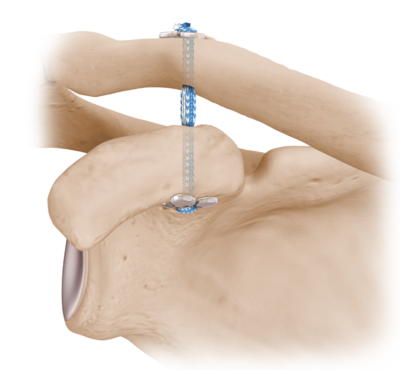
An AC joint stabilisation is performed via a small incision over the AC joint and outer part of the clavicle (collar bone). A drill hole is made through the clavicle and into the scapula, and a metallic surgical button is passed through a bony projection in the scapula called the ‘coracoid’. Strong sutures connect this button to a second button placed on top of the clavicle. The sutures are tightened and the clavicle is brought back to its normal position, restoring the anatomy of the AC joint.
In older AC joint injuries, Dr Yu may opt to also utilise a hamstring graft to further strengthen the reconstruction. This is looped under the coracoid and around the clavicle to give additional stability and healing potential to the AC joint. This will sometimes need to be performed in conjunction with a temporary plate inserted at the AC joint. The plate is removed after 3 months.
Risks
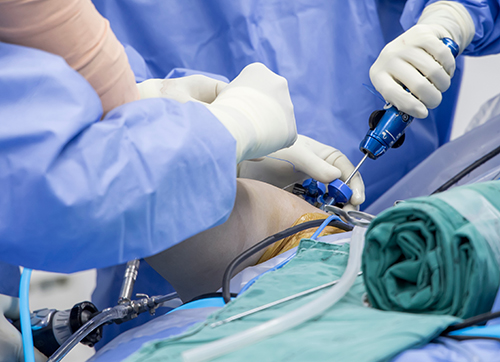
As with any surgical procedure, there is a small risk of:
-
- Infection
- Wound healing problems – very unlikely with keyhole incisions
- Cardiovascular risks – stroke, heart attack, blood clots
- Bleeding
- Swelling of the operated limb – generally subsides within weeks
- Pain – discomfort is expected after an operation, however pain medications are used in a routine manner to relieve this post-operative discomfort
Specific risks of AC joint stabilisation surgery:
-
- Damage to nerves around the shoulder
- Fracture (very rare)
- Change in appearance of the AC joint
- Recurrent instability
What happens after the surgery?
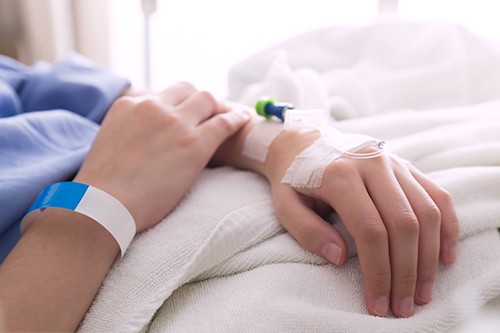
Postoperative instructions and follow up
Immediate post-op
After your operation you will be taken to the recovery room of the hospital, and allowed to have something to drink. When the team is happy the anaesthetic has worn off, you will be transferred to the day surgery area or to your inpatient room depending on whether you will be staying overnight. A sling / shoulder immobiliser would have been placed on your arm in the operating room, and should keep your arm comfortable and safe. If a nerve block has been performed by our anaesthetist, then your arm should feel comfortable but numb for up to 24 hours after the operation. When pins-and-needles are felt in the hand and arm then the block is starting to wear off, and your nursing staff will commence pain medication to keep you comfortable.
Discharge from hospital
On discharge from hospital you will be given:
- Physiotherapy – instructions on exercises that should commence for the shoulder, elbow and wrist. This will involve daily stretching exercises to be commenced in the first week.
- Sling – instructions on the use of your sling, including whether it is allowed to be removed.
- Dressings – please keep dressings dry and do not remove them.
- Follow up appointment time
Follow up
A follow up appointment will have been made for you after the operation. This will typically be an appointment around the 2-3 weeks after the surgery. If you have any concerns before this appointment, call Dr Yu’s clinic on (08) 7099 0188 to speak with us.
My goals as a surgeon are to relieve your pain, restore your function, and return you back to doing what you love.
– Dr Raymond Yu
- Adelaide Orthopaedic Surgeon
- Adelaide Shoulder Surgeon
About
Dr Raymond Yu
Dr Raymond Yu is an Adelaide Orthopaedic Surgeon with post-Fellowship expertise in Shoulder and Elbow Surgery.
He specialises in orthopaedic surgery of the Shoulder and Upper Limb with a focus on modern keyhole and minimally-invasive techniques.
Dr Yu has a special passion for:
- Rotator cuff repair surgery
- Shoulder replacement surgery
- Shoulder stabilisation surgery
Dr Yu practices at


